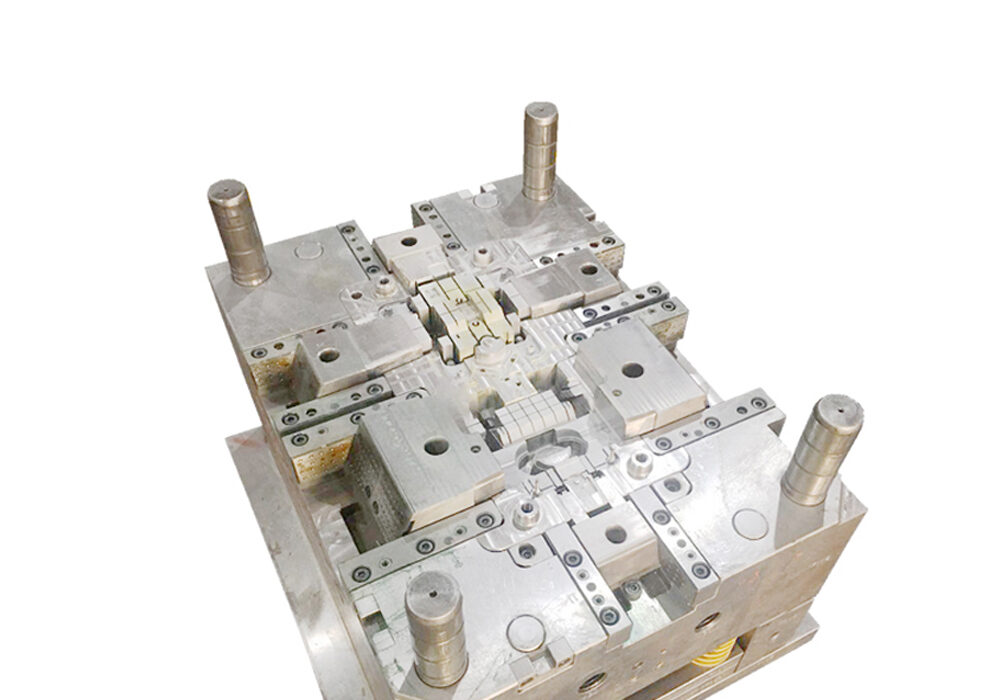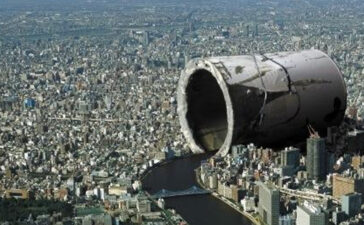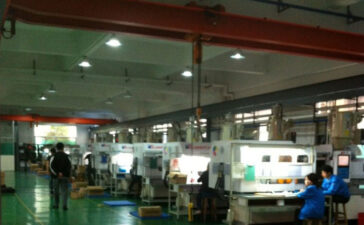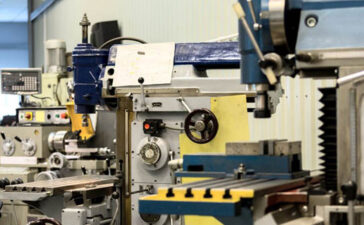The rotomolding process is to first add plastic raw materials to the mold, and then the mold is continuously rotated along two vertical axes and heated. The plastic raw materials in the mold are gradually coated and melted and adhered to the mold under the action of gravity and thermal energy. The entire surface of the cavity is formed into a desired shape, and then cooled and shaped to form a product. Since the rotomolding process was introduced in the 1930s, after more than 60 years of development, its equipment and process have become more and more perfect, from small children ’s toys to common automotive plastic parts to huge engineering plastic products, especially ultra-large and non-standard Special-shaped hollow plastic products, due to the limitations of other plastic processing technology, can only be completed by rotomolding process. At present, the rotational molding process has become an important branch in the plastic molding process.
The research and development of rotomolding technology in China started in the 1960s. At that time, the Shanghai toy industry began to use rotomolding to produce soft polyvinyl chloride pellets; the Shanghai No.3 Factory had successfully trial-produced rotomolded polyethylene containers with volumes of 200L and 1500L. In the mid-1970s, the Beijing Fiberglass Research Institute successfully developed rotomolded nylon containers and used them in forest fire extinguishers and other products. By 1992, although there were dozens of rotomolding factories in China, most of them belonged to the equipment level and technical level of the Western 1950s and 1960s. The annual resin processing was about 9,000 tons, accounting for only 10,000 Eighty-nine percent is 1% of the world average, and about 28 kinds of products are 0.5% of the world’s total. Although some plastic companies are involved in the manufacture of rotomolding products, due to the constraints of key processes, there has been no major breakthrough, and they can only produce some products that do not have strict dimensions and relatively rough performance requirements. As a result, most practitioners do not fully recognize the advanced nature of the rotomolding process and strong market competitiveness. In the words of the largest rotomolder in the United States: “Chinese rotomolding has not yet started, and the Chinese rotomolding market has not yet been developed!”
In the mid-to-late 1990s, some domestic companies began to introduce advanced rotomolding equipment and technologies from abroad, and began large-scale industrial production in a true sense. At present, domestic enterprises have been able to prepare large-scale plastic products such as chemical storage tanks with a container capacity of more than 20,000L and high-speed all-plastic yachts. In recent years, China’s rotomolding industry has developed rapidly, and there have been nearly one hundred rotomolding manufacturers across the country. These manufacturers produce more and more types of rotomolding products, and their application fields are becoming more and more extensive. But compared with the advanced level of foreign developed countries, the gap is still very obvious. In the early 1990s, there were more than 5,000 types of rotomolding products registered with the American Rotational Molding Association, and China has only more than 40 kinds of rotomolding products. Foreign rotomolding products have involved more than 30 industries, while China’s rotomolding products only Involved in more than ten kinds of industries. In terms of rotomolding raw materials, currently in domestic rotomolding products, the rotational molding of polyethylene and its composite materials in the market currently accounts for about 75% of the total rotomolding products, and more than 99% of the raw materials of rotomolding products are PE, of which 95% is also a rotomolding grade LLDPE that is very suitable for rotomolding, and the proportion of foreign rotomolded polyethylene materials is roughly: LLDPE is 65%, XHDPE (crosslinked polyethylene) is 2%, HDPE is 10%, LDPE Is 5%.
With the continuous development of the rotomolding process, the types of rotomolding products continue to increase, and the scope of applications has also continued to expand. At present, the industries involved in rotomolding products at home and abroad include transportation, traffic safety facilities, entertainment, river channel dredging, construction, water treatment, medicine and food, electronics, chemicals, aquaculture, textile printing and dyeing, etc .:
1. Container rotomolding
Such plastic parts are widely used in storage and supply tanks, water storage tanks, various industrial chemical storage and transportation containers, such as acids, alkalis, salts, chemical fertilizers, pesticide storage tanks, chemical enterprises, industrial coatings, rare earths Washing tanks, reaction tanks, turnover boxes, garbage bins, septic tanks, domestic water tanks, etc. in preparation. For example, the rotomolded cross-linked polyethylene drum made by Philips’ rotomolded grade cross-linked polyethylene resin “Maricxcl-100” can be comparable to metal drums, and it has good chemical resistance and low maintenance costs. .
2. Rotomolding parts for transportation
Mainly uses polyethylene and polyvinyl chloride paste resin to rotomold various automotive parts, such as air conditioner elbows, vortex tubes, backrests, armrests, fuel tanks, mudguards, door frames and gear lever covers, battery cases, snowmobile And motorcycle fuel tanks, aircraft fuel tanks, yachts and their water tanks, boats, and shock absorbers between ships and docks.
3. Rotomolding parts of sports equipment, toys and crafts
Mainly include various kinds of PVC paste rotomolding parts, such as water polo, float, small swimming pool, recreational boat and its water tank, bicycle seat cushion, rotomolding pallet, surfboard and so on. Because the rotomolding mold can be manufactured by precision casting, electroforming, etc .; the surface of the rotomolding parts “replicates” the fine structure of the mold cavity surface very well, so the rotomolding method can make the products very delicate and beautiful, so it is commonly used In order to make products with greater ornamental value, especially toys such as ponies, dolls, toy sand boxes, fashion models, crafts, etc.
4. Various types of large or non-standard rotomolded parts
Rotomolding products are widely used in various boxes, shells, large pipes and other parts, such as racks, machine shells, protective covers, lampshades, agricultural sprayers, furniture, canoes, camping vehicle roofs, sports fields Installations, planters, bathrooms, toilets, telephone booths, billboards, chairs, highway barriers, traffic cones, river and sea buoys, anti-collision tubes, and construction barriers, etc.
Rotational molding is the most economical and effective method for producing large hollow plastic products. To promote the application of rotational molding in China, we must absorb advanced foreign technology, develop more and better rotational molding materials, and improve the automation level of rotational molding equipment. , Shorten the mold design and manufacturing cycle. I believe that with the continuous progress of modern materials industry and mechanical manufacturing and automation technology, the rotational molding process will have rapid development in China.








